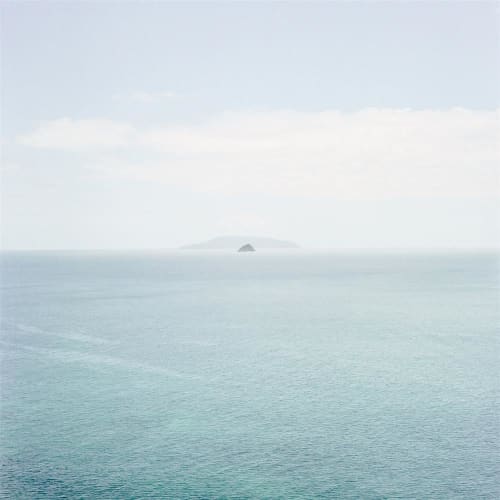Waterlines blur between memory and premonition, crafting quiet horizons of stillness and flux. In these unpeopled scapes, beauty carries the weight of loss and the shimmer of possibility, where tides of ruin and renewal converge.
An aesthetic of beauty, still life, and the sublime is central to Kate van der Drift’s photographic practice. When exploring land and seascapes amidst decline, beauty becomes political. Water, in particular, is a central motif throughout the artist’s current photographic work, which explores post-event landscapes through constructed scenes and digitally manipulated composites. A sense of human residue haunts these scenes. However, they also hint at the generative potential of post-disaster hereafters, and create ideas of past histories or future events.
Van der Drift’s work seeks to trigger an experience of the spectacle and the dreamlike, creating places that are simultaneously physical yet spiritual, fluid yet static, generative yet destructive. The artist aims to create sensory explorations of hopeful futures and idealised scapes, visions of uncanny yet inhabitable no-place places.
Imagined and real waterlines dominate Changing Shores of Shadow, as Kate van der Drift contemplates atmospheric fluctuation in close-by, low-lying landscapes, while employing a mixture of analogue and digital manipulation.
Using council maps of potential sea level rise as a starting point, van der Drift imagines the effect and potential atmosphere of coastal inundation and inland flooding, pictured alongside parched plains and thirsty riverbeds. Devoid of people these scenes could be from a dream – still, quiet and windless, coloured by a subdued palette.

